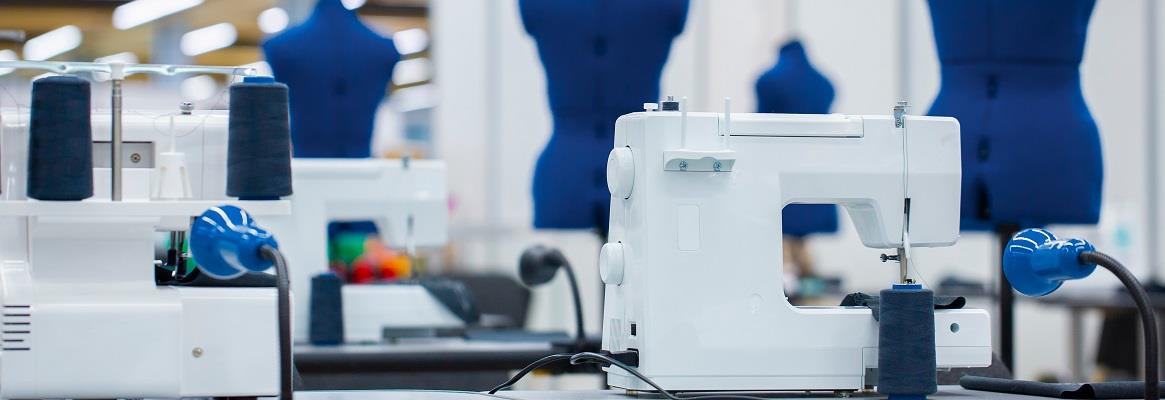The fashion industry is one of the most dynamic industries with a global market value of $759.5 billion in 2021. Like other industries, the fashion sector has undergone a massive transformation in the last two years due to technological advancement. Furthermore, the prevalence of the internet has allowed small and luxury brands to take their shopping experience online and digitise their catalogues. Through this shift, consumers are able to intimately interact with trends, explore their brand’s universe, and use their clothing as a social currency. This allows brands to reach a wider market, while retailers cut costs.
Moreover, the recent COVID-19 restrictions and subsequent lockdowns propelled fashion apparel demand online and paved the way for digital solutions that ensure operational excellence and superior customer service. Here, an end-to-end supply chain plays a major role in allowing apparel companies to adapt to changing trends with flexibility and agility.
There is also another side of the industry, as it is responsible for 10 per cent of global carbon emissions, unethical workplace practices, and untraceable material sourcing. This can be addressed by technology shaking hands with fashion.
Due to automation and digitisation, retailers/brands are purchasing closer to the market, resulting in fewer garments being produced, saving 20-30 per cent in raw materials and resources. This is in addition to digitisation’s many benefits, such as transparency, predictability, accountability, and traceability—all of which are essential to creating an irreversible change in fashion supply chains.
Supply chain issues and the role of blockchain technology
There has been a long history of supply issues such as unsustainable manufacturing, unethical labour practices, lack of transparency in the production process, and overproduction of clothing that ends up in landfills.
A decentralised, chronological public ledger of transactions called the blockchain can prevent these problems. Using blockchain to track a garment – or a food source, appliance origin, or financial transaction – may provide transparency and traceability throughout its life. From producer to customer, the supply chain is slowly but steadily evolving, thanks to blockchain.
Blockchains can provide full visibility to the client on the lifecycle of a product as well as the conditions of work at production units in the form of a permanent digital record. It also promises clients a mark of authenticity for any second-hand or pre-loved fashion articles. The technology offers a viable answer to a broad range of difficulties within the fashion industry, from a clogged supply chain to fabrics that harm the environment, counterfeit items, and the well-being of garment workers.
How can fashion items maximise their potential ‘after’ they feel redundant to the consumer?
Under Reverse Logistics management, the flow of the product is upstream, i.e., from the consumer to the original supplier. This stream is sometimes tweaked and instead of going back to the original supplier, the product can be ‘up-cycled’. It can be done either by reusing the product, often seen in charity homes or thrift stores, or the original manufacturer can breakdown the product down to its raw material and use it to create new products. This practice shifts the linear flow model of supply chain in fashion and embraces the circular, close looped supply chain where the value of each product is retained. The consumers’ demand for sustainability is catalysed as major fast fashion brands are enthusiastically welcoming recycling of their previously manufactured clothes by asking their customers to trade in those clothes in return for store credits.
The way forward
It is projected that the Indian textile and apparel industry will grow to $190 billion by 2026. With shopping sentiments improving year-on-year, it is crucial to sustain this growth with improved performance through the right technology. Thus, the retail companies must opt for services that aid manufacturing, sourcing, and improving their lead times, costs, and performance. This would increase productivity while ensuring a superior experience to the end-consumers.
Thus, investing in digital platforms provides concrete benefits to apparel firms, thanks to an end-to-end digitised value chain. Supply chain software companies, with their digitised Single Source of Truth (SSOT) platform, aid complete data transparency across all the stakeholders. Apart from that, artificial intelligence (AI) and machine learning are driving real-time information, studying various situations, and guaranteeing timely deliveries. Supply chain software is also helping brands reduce inventory levels by 30-40 per cent and are leading the way towards sustainability in fashion.











Comments